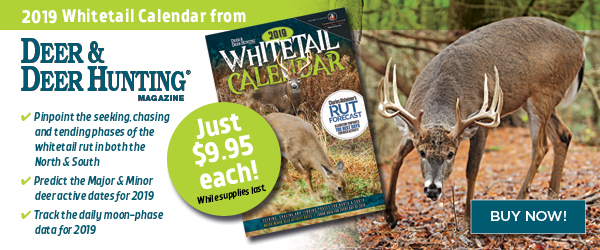Trying to cover a single buck’s massive range during hunting season is nearly impossible, but just like us, every buck calls a much smaller area home.
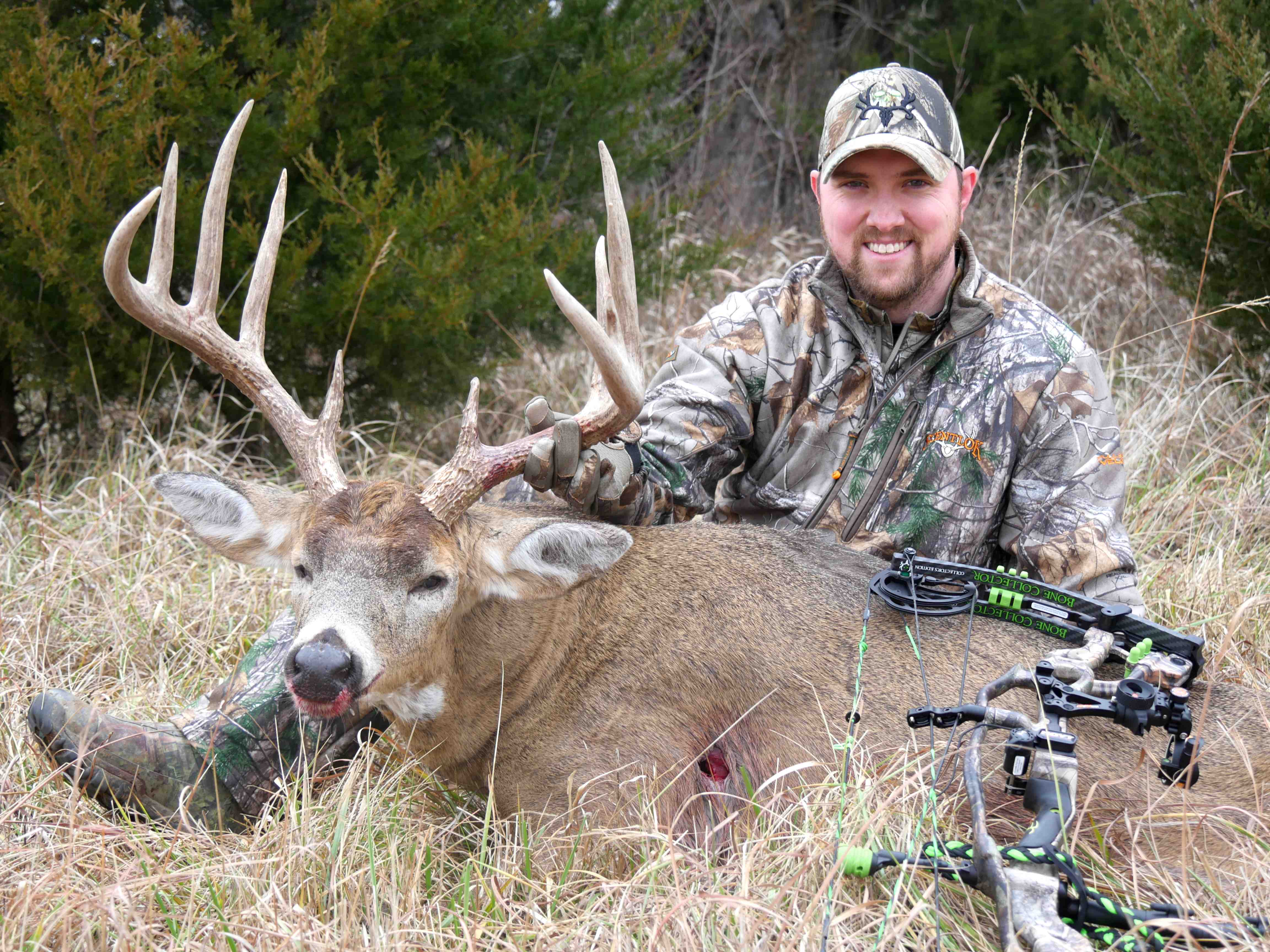
Any seasoned hunter could tell you about a tree stand or old, fallen oak he just knew was the perfect spot. It had everything a big buck could want: food, water and thick cover, all within a short distance. Trees were ripped apart from antlers crashing against them, and scrapes were the size of helicopter landing pads. If there was a place a big buck called home this was it.
By Jeremy Flinn
Unfortunately, most of these stories do not end by pointing to the shoulder-mount on the wall. Often, not only was there no buck shot, but there also wasn’t even a buck seen in the area! With everything a buck could want in a short distance, and all the heavy sign, how could it be missed?
The area a buck calls home during the hunting season is typically 8 to 10 times smaller than its entire home range, or about 100 to 150 acres. This territory is what we refer to as his core area and where he spends at least 50 percent of his time. Most people spend at least half of their time at their home, with the rest split between work, grocery store, pick- ing up the kids at school, etc; together, it creates our home range. Just like us, a buck feels extremely comfortable in his home and knows every inch.
All this information generates the question that if a buck knows the area he calls home so well, like us in our own houses, do we really have an advantage hunting his core area or are we just increasing the risk of bumping him out of the area for good?
SEE ALSO: The Secret of Big Buck Hunters
VIDEO: Watch this classic clip from DDH TV on hunting pressured bucks:
How Huntable Is He?
Once you have identified a buck’s core area or home, the first step is to determine if the area is favorable to hunting. You’re probably thinking if this is where he spends at least 50 percent of his time, why wouldn’t it be huntable? For starters, if he is sticking in a 4-year-old clearcut or cutover the odds of you getting into a position to kill him without spooking him are not good. Even if you get into the jungle, are you able to have adequate shoot- ing lanes? The more disturbances you make in the area, the more likely he will be long gone.
It is extremely likely you will encounter some form of this when attempting to hunt this core area. Common sense says if this is where a buck spends at least 50 percent of his time, it will include a secure bedding area. But the entire core area probably will not be one giant bedding area, giving you the opportunity to catch him moving to and from food sources.
The challenge comes when countering a deer’s natural instincts to move at dawn and dusk, or what is called crepuscular movement. What typically happens is a mature buck uses his core area under the cover of night. Even though he is there, we can’t hunt him! To avoid getting in his living room at the wrong time and pressuring him out, set up trail cameras along the edges of the identified core area and begin developing a pattern for your target buck(s). You will quickly begin to realize if it is huntable in the morning or afternoon, and if you have to wait until a certain time during the season to begin hunt- ing his home.
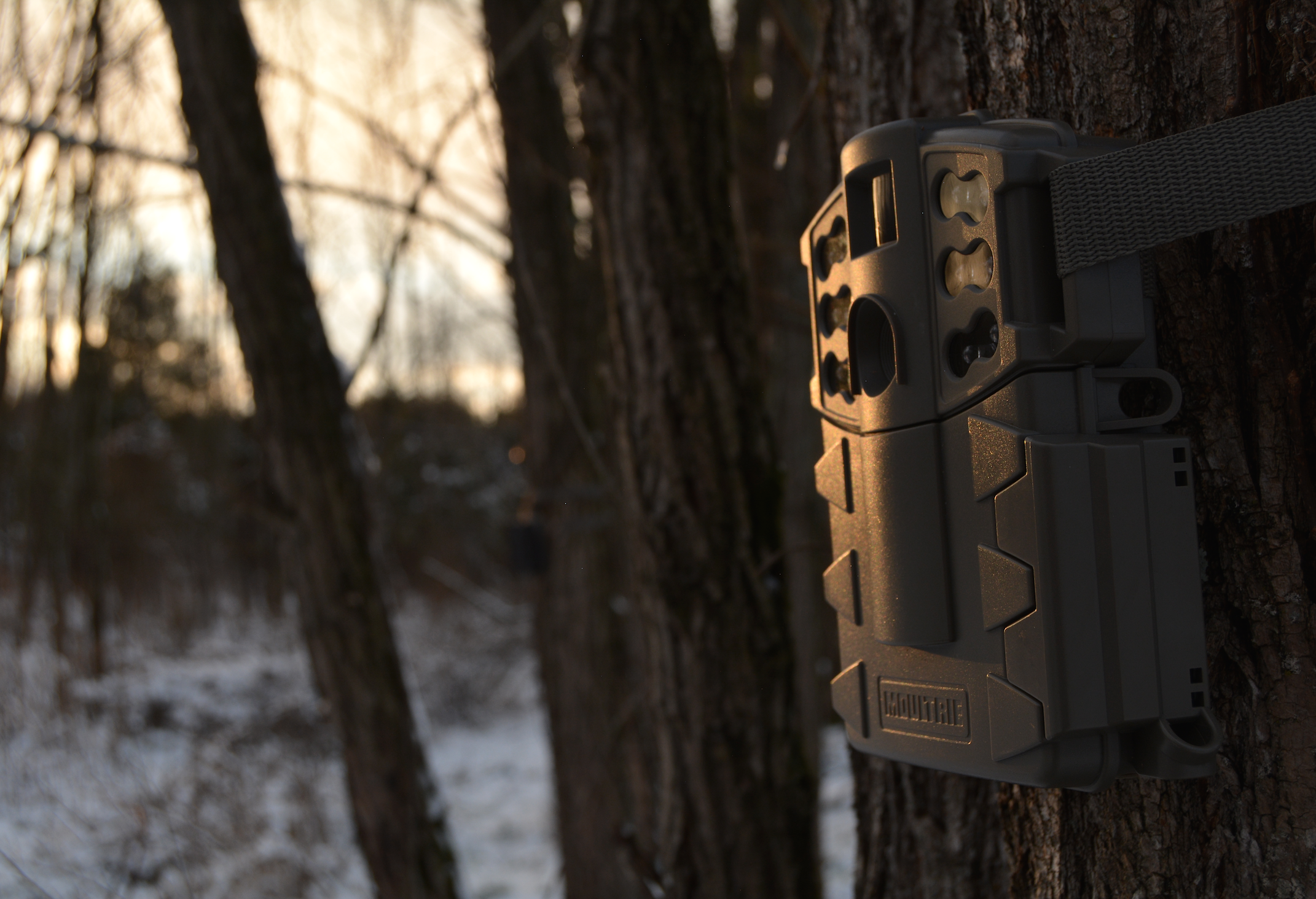
Be Very, Very, Quiet
The line made famous by cartoon character Elmer Fudd has some truth to it! Think of it this way: once you get into his core area, you have essentially entered his house. Picture this … you come home from work, kick off your shoes, grab a beverage from the refrigerator and plop down on the couch with TV remote in hand. It would not take very long to notice an unusual creature hanging from your ceiling fan, would it? It may not be as drastic with a buck since his living room is much bigger, but he’ll notice if something is out of place. This is why we often install tree stands months in advance, so deer can get used to them.
We hear repeatedly that the fewer disturbances in his home, the more likely he is to stay put. That ranges from hunting the area to just passing through. But I’m sure you are thinking that obviously you are not going to have a chance to get him by not hunting there! You’re right, but there is a difference between hunting smart and hunting a lot. Some of my best hunts have happened the very first time I sit a spot. Maybe it is just coincidental, but I think the minimal disturbance at that spot played a factor. By planning your hunts based on weather conditions and trail camera results, you can hunt the buck’s core area effectively with less risk of bumping him.
By Invitation Only
Only when you have carefully planned out your attack should you hunt his core area. Preparation has been constant since last season from finding sheds in a known bedding area to capturing him on trail cameras throughout the summer. You placed your stands in the summer, long before hunting season to allow him to adapt. You know he is in there, so when is it time to hunt?
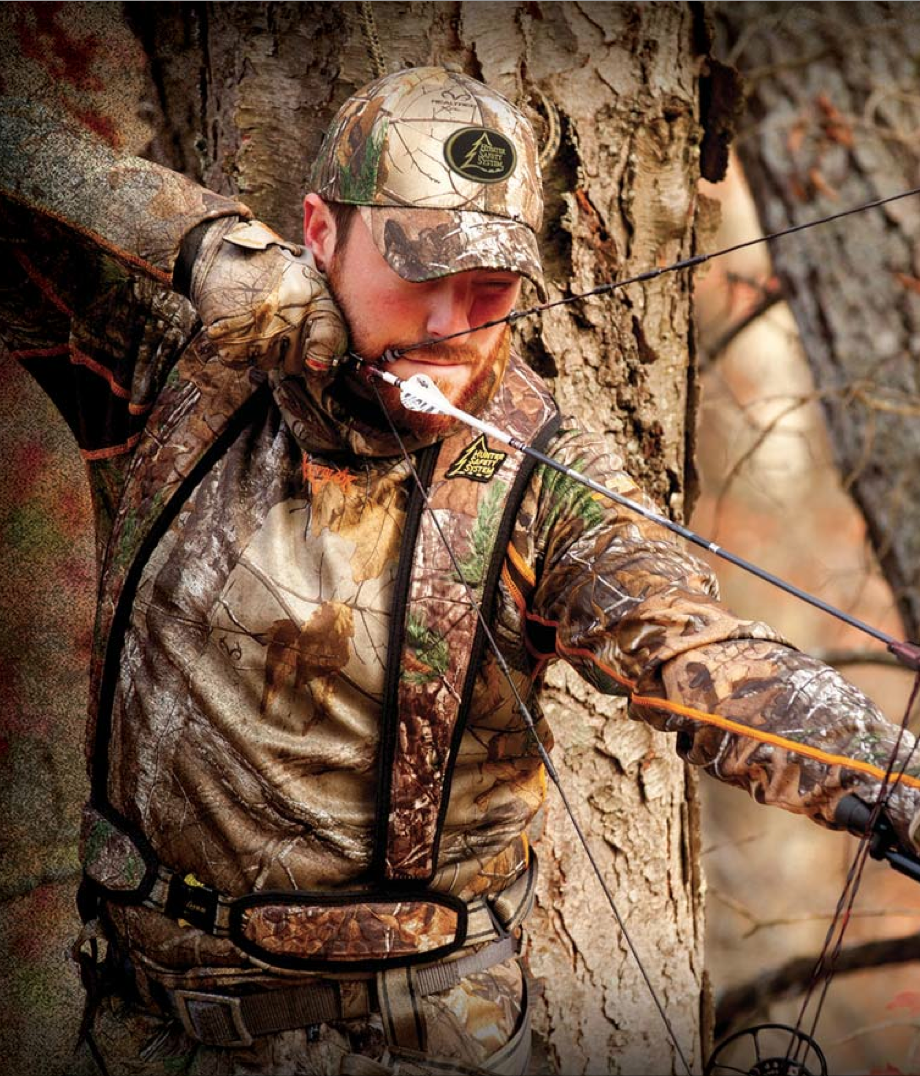
Whether you have 50 or 500 acres, one wrong move could waste all your hard work. I like to place trail cameras right next to my tree stands. When I am not in my stand, I want to know everything and anything that passes through. If the buck I am after is showing up only at night, why risk bumping him and hunt?
As you photograph the buck through the season, you begin to see changes from 2:30 a.m. to 3:15 a.m. to 5:55 a.m. The more he shows up, the more you learn about him. Once he is getting within 30-60 minutes of shooting light, study the upcoming weather conditions and move in. With all the stars aligned, you have given yourself the best opportunity to kill him on his home turf.
When, Where Is My Best Shot?
Although a buck may spend at least half of his time in his core area, that doesn’t mean he will be the most vulnerable to hunting while in there. As discussed above, many times these core areas are focused around major bedding areas. Often this prevents us from getting too close, and has him on lockdown during daylight hours. Regardless, you still stand a great chance at killing him in his core area. But sometimes making a move on him outside this area can pay big dividends.
There are only a handful of times (if that) when a mature buck is vulnerable during the hunting season. Most of those fall during the rut when his brain takes a temporary leave. Often you will catch bucks chasing does in their core area, but a buck is never more vulnerable than when he is out of his element.
Research shows that many bucks take wild excursions away from their territory. These trips make the buck extremely vulnerable, as he is no longer in a place where is knows every inch of dirt, but rather in unfamiliar area and often love struck while trailing a doe. Moving distances of more than three miles in a just a couple days has made him much more active and, therefore, visible to hunters.
During the rut, many hunters encounter bucks they have never seen before, and it is likely a buck on an excursion. It doesn’t have to be a three-mile trip to make him vulnerable. Once he leaves his core area he instantly becomes less familiar with his surroundings, which may give you a slight advantage. A mature buck out of his comfort zone can increase your odds, but it also increases the odds of surrounding hunters.
Killing a buck during one of his trips takes more luck than skill. You can identify the way he is coming to and from your property, but if your timing is off then your work goes to waste. Use this knowledge to your advantage and like a core area, think on a smaller scale.
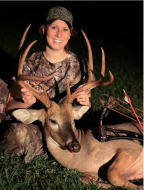
In most areas during the hunting season, a mature buck’s core area on average will be 100 acres. However, depending on the properties surrounding you, the average core area may be only 50 acres; especially if you are bordering never-ending crop fields or residential subdivisions. A buck will likely make dozens of trips a week out of his core area into the remainder of his home range to feed, drink, or search for does. These “mini-trips” become your best chance to catch that buck in more unfamiliar ground, and anyone who has hunted long enough knows you need to take every advantage given to you!
These are also the times when bucks disappear from your property. Many times they were killed or hit by a vehicle far from your land, and unless it was a giant, you never hear about him. This is the kind of stuff that drives a serious deer hunter crazy! The “what ifs” begin to run through our heads, and when we truly don’t know what happened to him bothers us most of the season.
Hunting mature bucks is often frustrating. The unpredictable movement, and sensitivity to hunting pressure, have highly educated these deer to avoid hunters. But by identifying a buck’s core area you have won half the battle, literally. Knowing where he spends at least half his time levels the playing field, and allows you to take the step up to the most exciting stage of hunting a mature buck … the pursuit!
— Jeremy Flinn is a professional wildlife biologist living in Columbia, Mo. He has managed proper- ties from Saskatchewan to Mississippi and provides hunters with innovative deer hunting technology. Jeremy is also a frequent contributor on Deer & Deer Hunting TV.

